11 Free Manual Tools transparent PNG images
Explore our extensive collection of Manual Tools imagery, featuring 11 free AI-generated images that showcase a diverse range of traditional and modern hand tools. From stock photos of vintage woodworking implements to 3D renderings of contemporary workshop equipment, vectors of tool sets, and detailed illustrations of specialized instruments, our collection offers high-quality visuals for various creative needs. Each image is available for high-resolution download, and you can utilize our innovative 'open in editor' feature on any image's detail page to fine-tune the prompt and regenerate variations that perfectly match your vision.
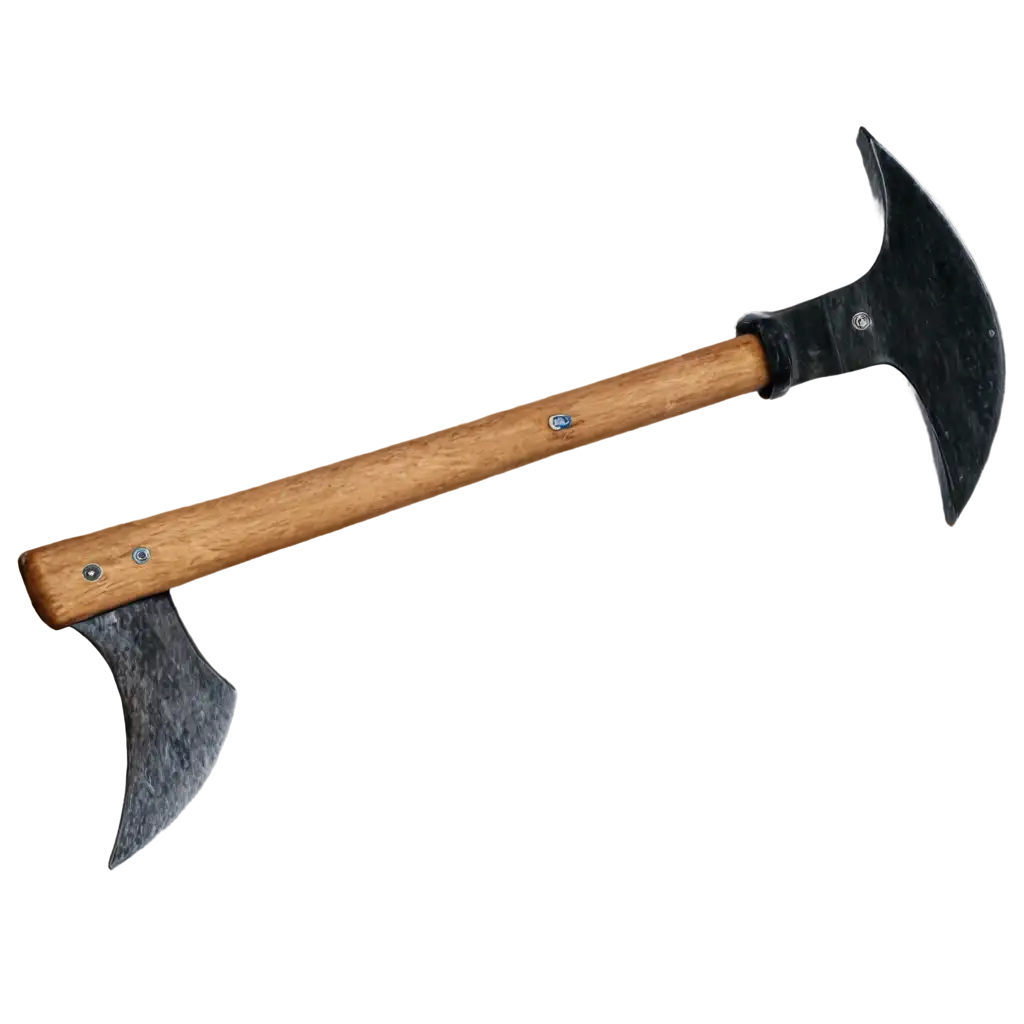
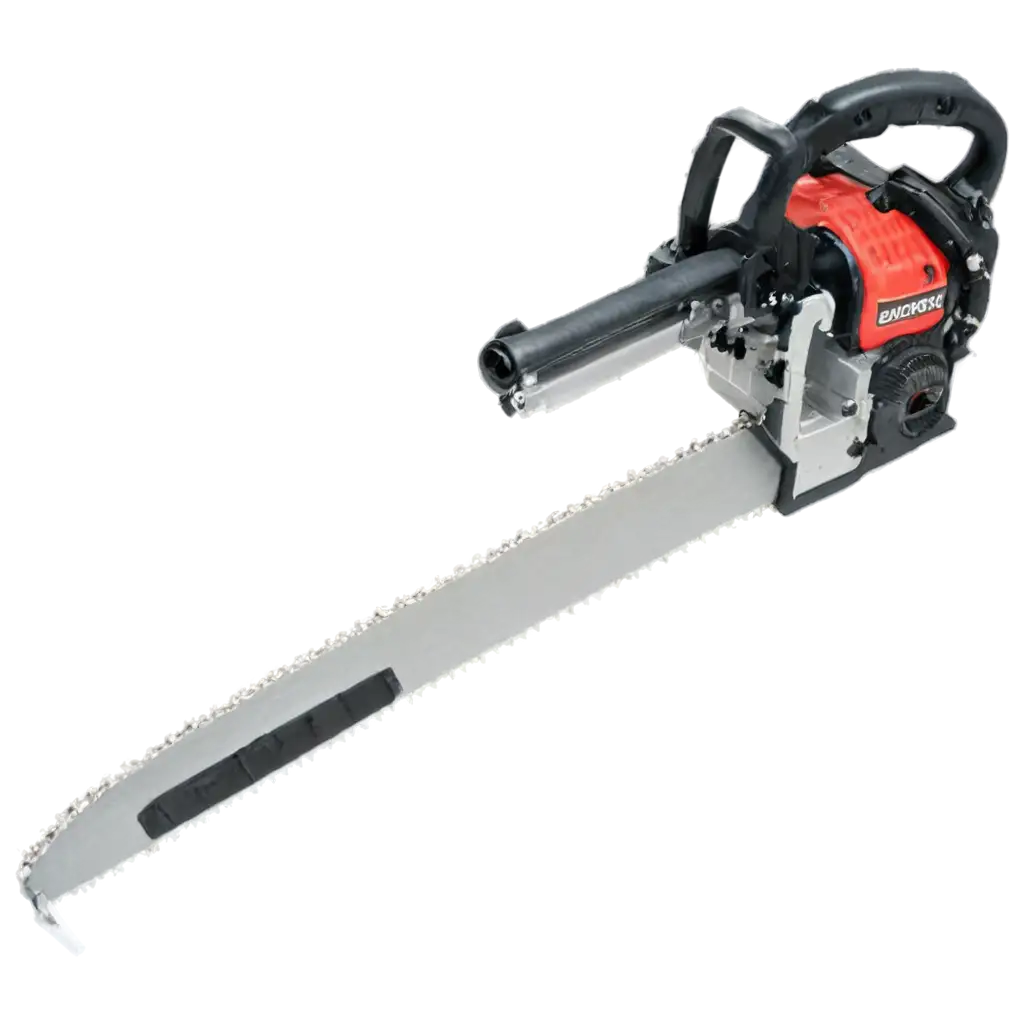

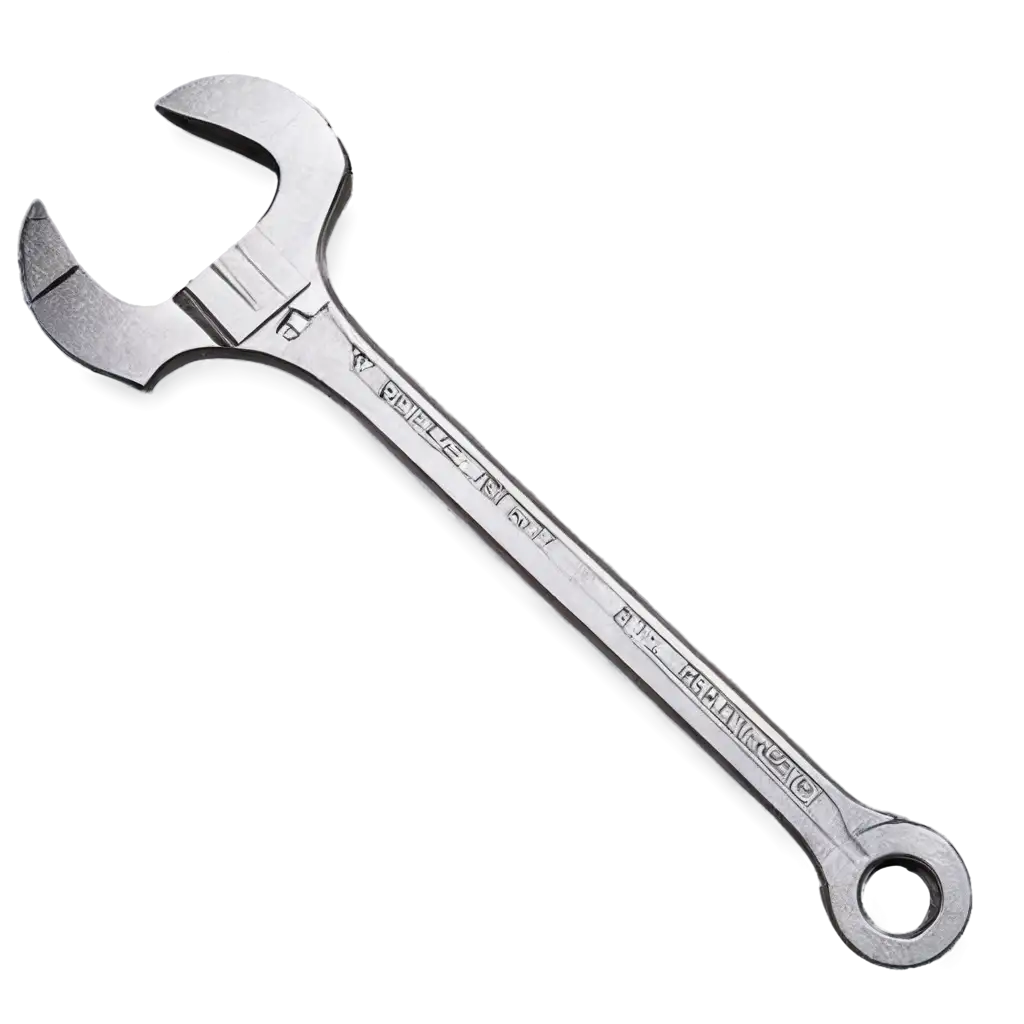
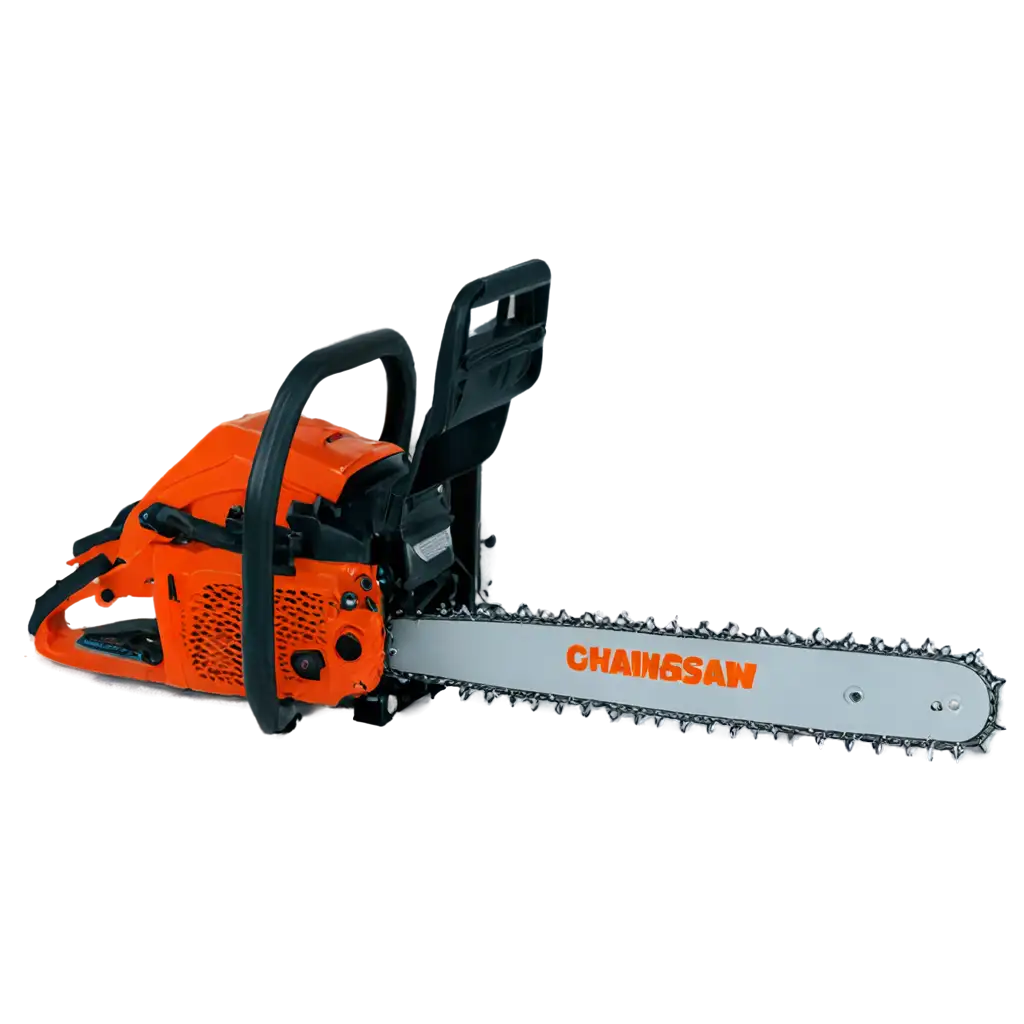

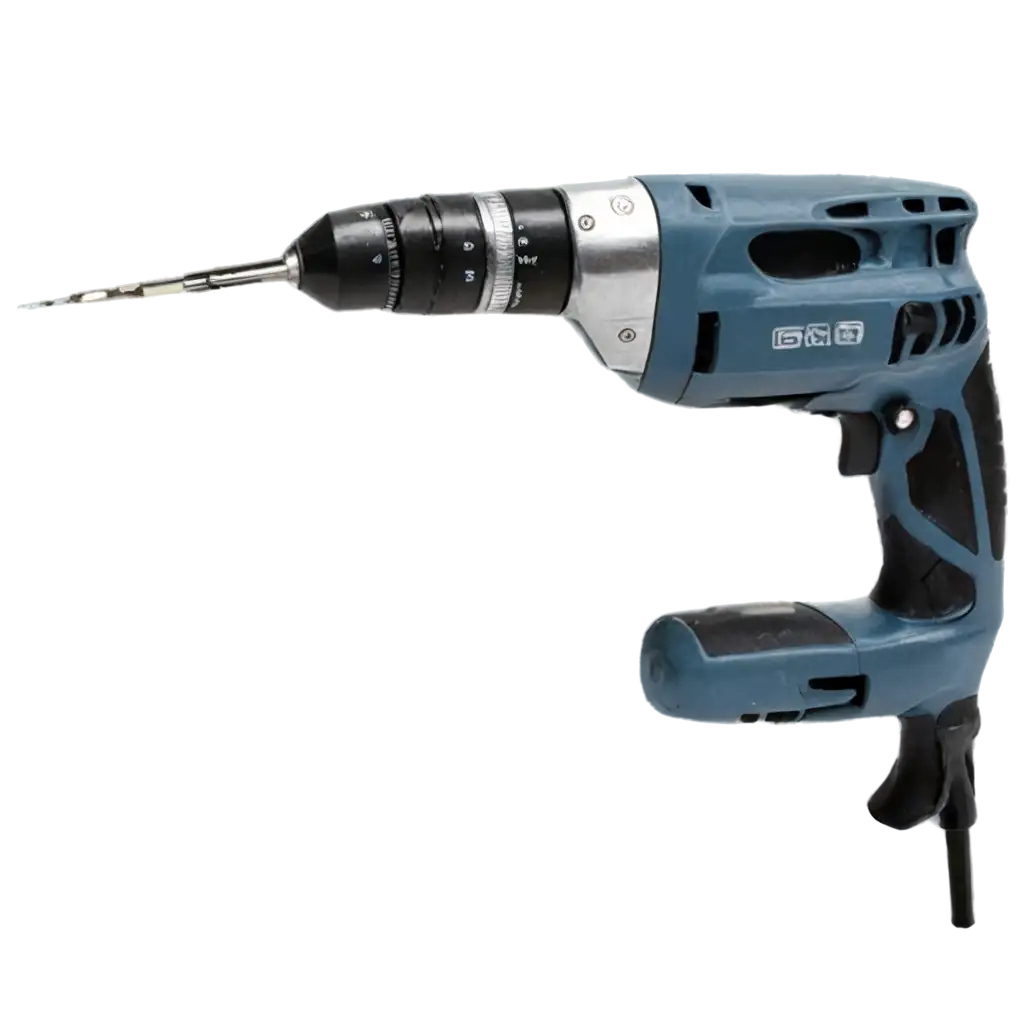


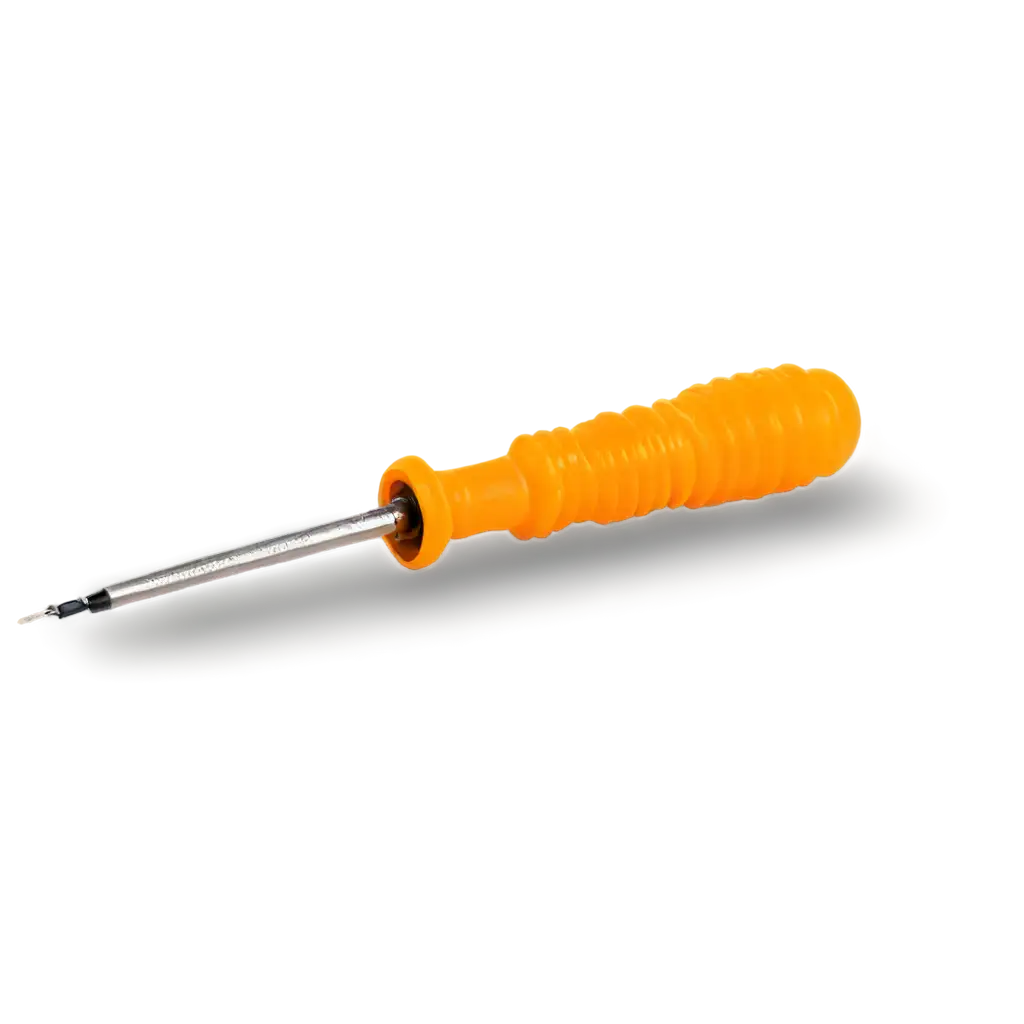
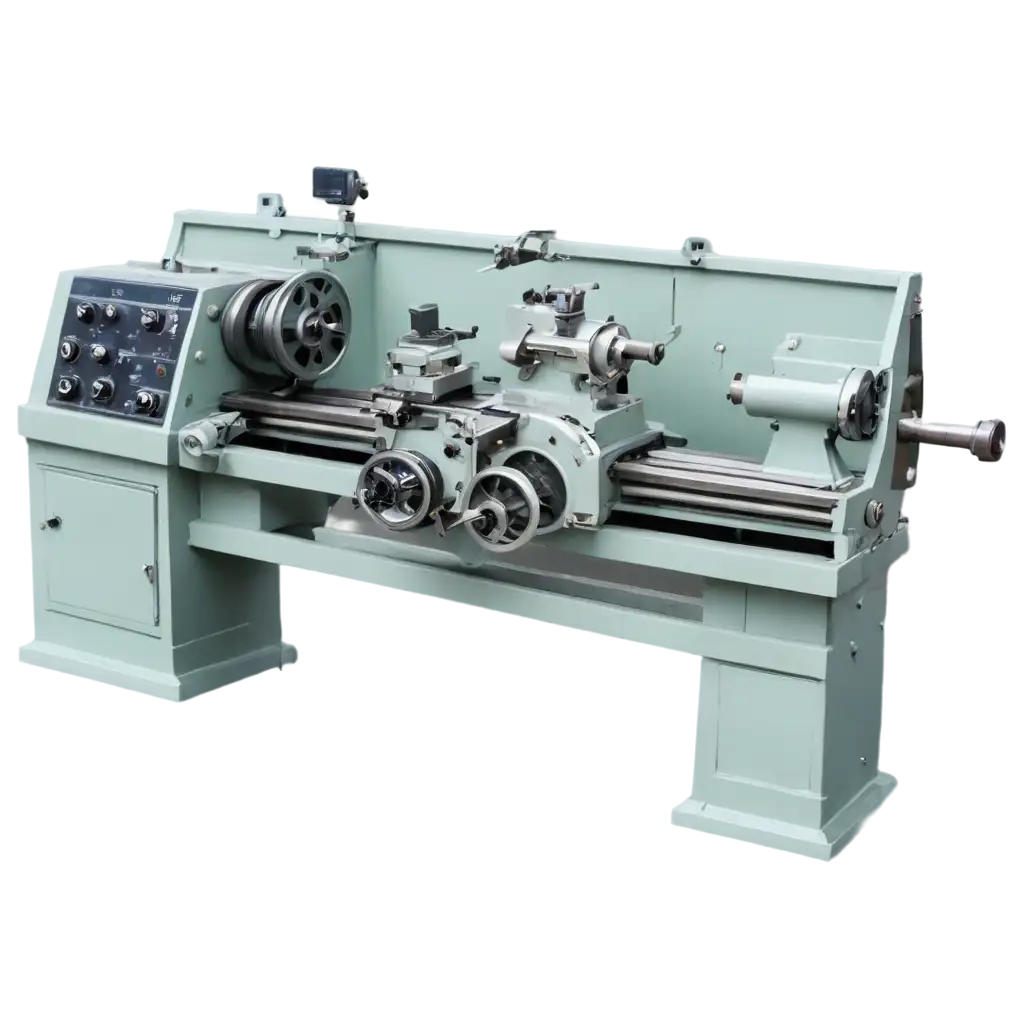
Related Tags
The representation of manual tools in visual arts has undergone a fascinating transformation from early technical drawings to modern AI-generated imagery. Historical technical illustrations emphasized precision and functionality, while contemporary AI-generated tool imagery combines accuracy with artistic interpretation. This evolution reflects changing aesthetic preferences and technological capabilities, from Renaissance-era engineering sketches to today's photorealistic 3D renders. The AI approach to tool visualization brings unique advantages, allowing for perfect lighting, multiple angles, and idealized conditions that might be challenging to achieve in traditional photography. This technological advancement has revolutionized how we document, present, and appreciate the beauty of manual tools across different artistic mediums.
Evolution of Manual Tools in Visual Arts and Photography
Manual tool imagery spans various categories and serves multiple purposes across industries. Technical documentation requires precise, detailed illustrations that clearly show tool components and usage. Marketing materials often utilize lifestyle photography featuring tools in workshop settings or action shots demonstrating application. Architectural and interior design visualizations incorporate tool elements for scale and authenticity. Educational content benefits from simplified vector illustrations that highlight key features and proper handling techniques. Each type serves specific needs: stock photos for commercial use, 3D renders for product visualization, vectors for instructional materials, and detailed illustrations for technical documentation. AI-generated imagery excels in creating consistent, customizable visuals across all these categories, offering flexibility in style, perspective, and context.
Types and Applications of Manual Tool Imagery
Generating compelling manual tool imagery with AI requires understanding both traditional tool characteristics and modern visualization principles. Key considerations include accurate proportions, proper perspective rendering, material textures, and lighting that highlights important features. Effective prompts should specify tool type, material finish (such as polished steel, worn wood, or rubber grips), environmental context, and desired artistic style. For photorealistic results, include details about lighting conditions, surface reflections, and depth of field. When creating technical illustrations, emphasize clarity and detail visibility. For marketing visuals, consider composition elements like rule of thirds, leading lines, and negative space. Understanding these principles helps create visuals that are both technically accurate and visually appealing.
Creating Effective Manual Tool Visuals with AI
The future of manual tool visualization is evolving with advancing AI capabilities and changing user needs. Emerging trends include interactive 3D models that users can manipulate in real-time, augmented reality integration for tool demonstration, and customizable visualization systems that adapt to specific industry requirements. AI-generated imagery is becoming more sophisticated in rendering complex materials, accurate shadows, and realistic wear patterns. Future developments may include AI systems that can generate entire tool catalogs with consistent styling, automated technical diagram creation, and real-time visualization updates based on product modifications. These advancements will continue to bridge the gap between traditional photography and computer-generated imagery, offering more versatile and efficient solutions for tool visualization needs.
Future Trends in Manual Tool Visualization